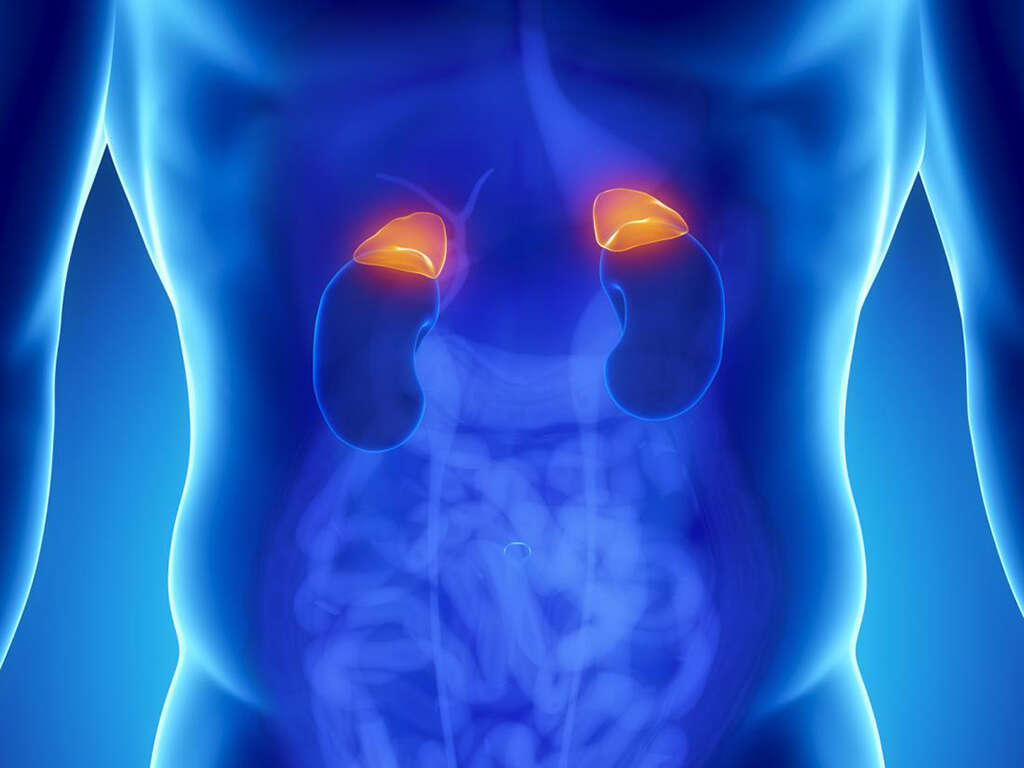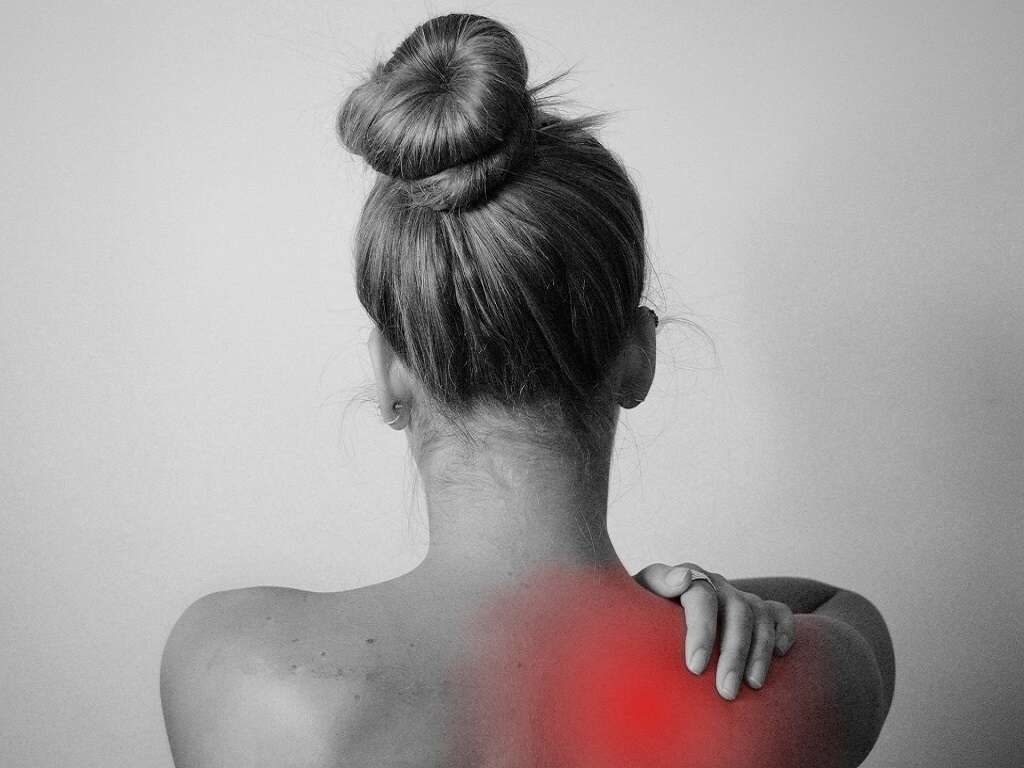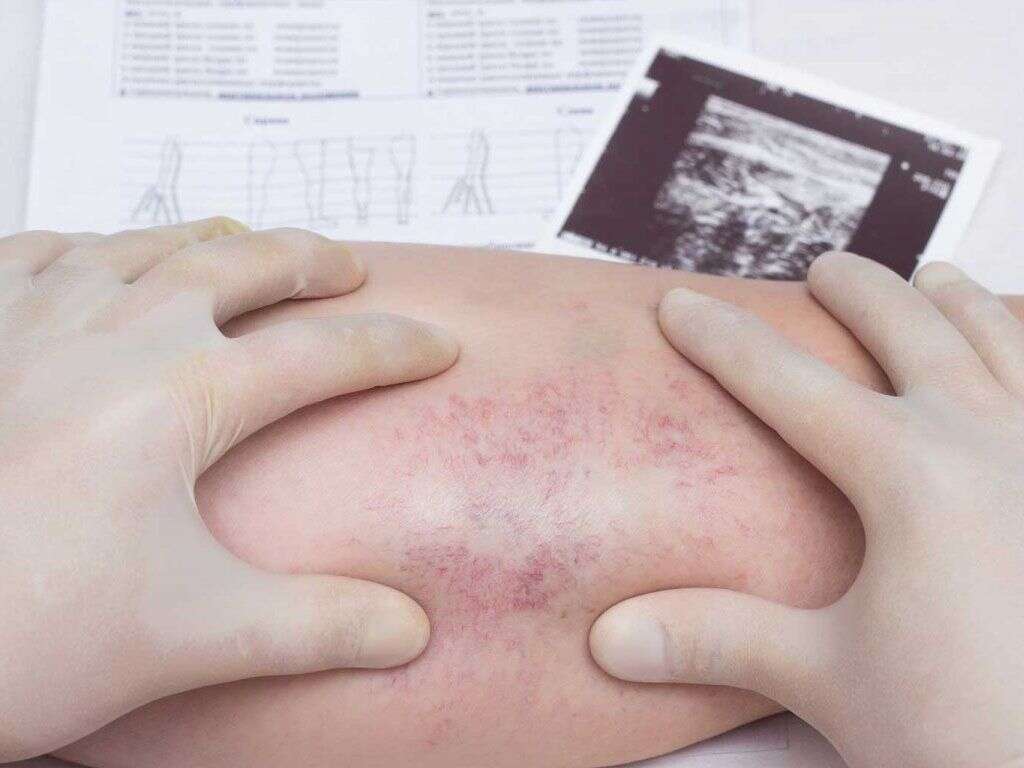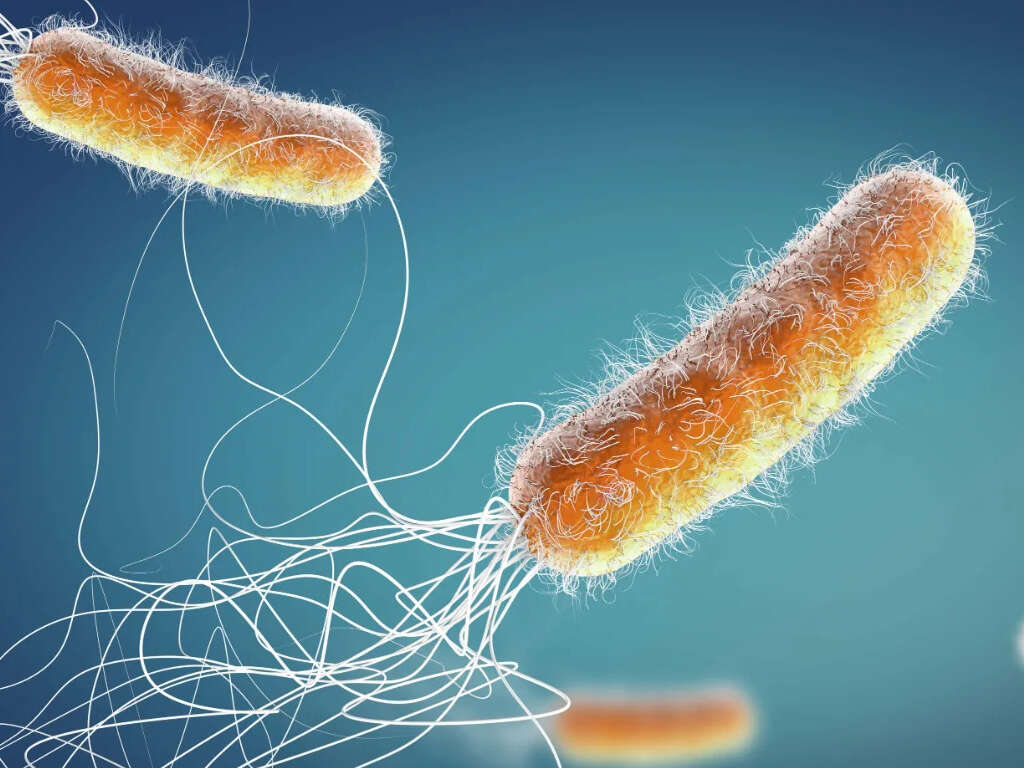Sialadenitis Definition, Causes and More
 Article Sources
Article Sources
- 1. 'Sialadenitis.' NORD (National Organization for Rare Disorders), rarediseases.org/rare-diseases/sialadenitis.
- 2. 'Sialadenitis.' Genetic and Rare Diseases Information Center, U.S. Department of Health and Human Services, 8 Nov. 2016, rarediseases.info.nih.gov/diseases/7638/sialadenitis.
- 3. Duong, Lucas T., et al. 'Management of Anterior Submandibular Sialolithiasis.' Journal of Oral Medicine and Oral Surgery, vol. 25, no. 2, 2019, p. 16., doi:10.1051/mbcb/2018039.
- 4. 'Sjogren Syndrome.' Genetic and Rare Diseases Information Center, U.S. Department of Health and Human Services, 2016, rarediseases.info.nih.gov/diseases/10252/sjogren-syndrome.
- 5. Dodds, Michael, et al. 'Saliva A Review of Its Role in Maintaining Oral Health and Preventing Dental Disease.' Nature News, Nature Publishing Group, 25 Sept. 2015, www.nature.com/articles/bdjteam2015123.
- 6. Wilson, Kevin F., et al. 'Salivary Gland Disorders.' American Family Physician, 1 June 2014, www.aafp.org/afp/2014/0601/p882.html.
5. Symptoms of Recurring Sialadenitis
The final iteration of sialadenitis is recurrent, which can occur due to Sjogren syndrome, an autoimmune disorder that attacks the salivary gland and causes dry mouth. This can cause swelling, pain, constant irritation and tenderness in the area.4‘Sjogren Syndrome.’ Genetic and Rare Diseases Information Center, U.S. Department of Health and Human Services, 2016, rarediseases.info.nih.gov/diseases/10252/sjogren-syndrome.
Recurrent sialadenitis is commonly seen in children, although its cause is generally unknown. It can manifest as pain and swelling in the salivary glands, and it usually clears up on its own. Recurrent sialadenitis that doesn't go away requires a diagnosis.2‘Sialadenitis.’ Genetic and Rare Diseases Information Center, U.S. Department of Health and Human Services, 8 Nov. 2016, rarediseases.info.nih.gov/diseases/7638/sialadenitis.
Advertisement











